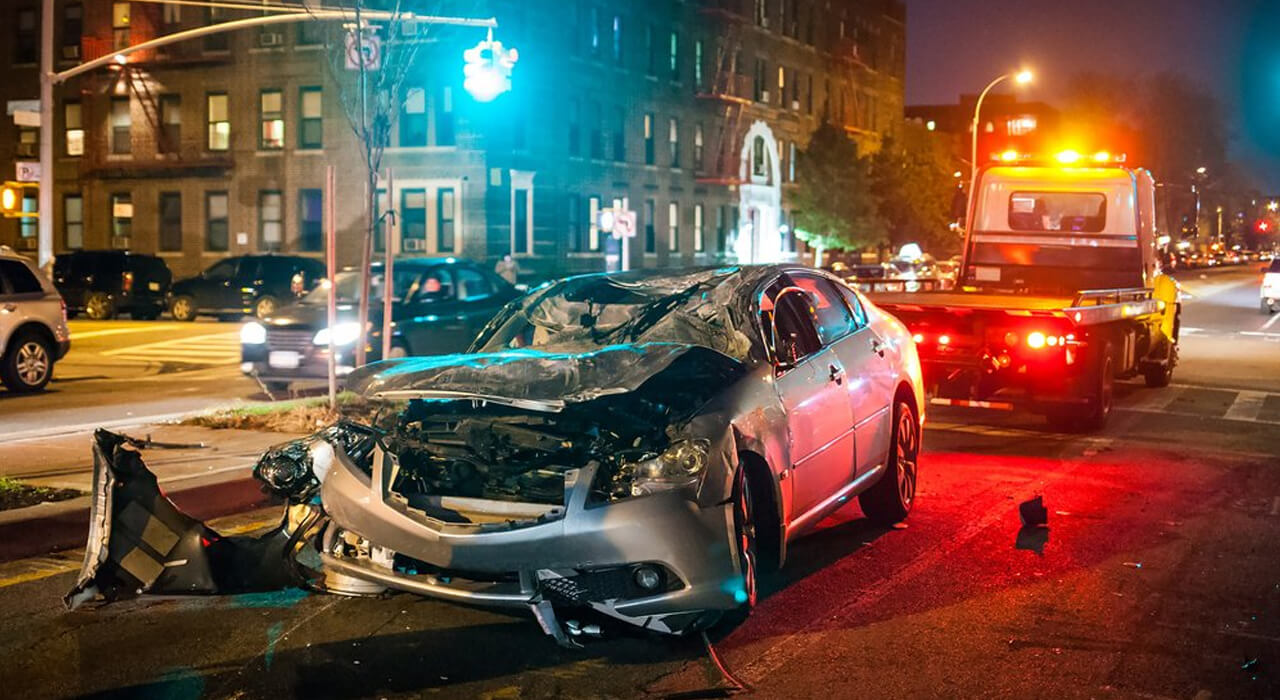New Jersey’s roadways contain many yellow light accidents, which are a highly debatable issue in the state in terms of liability. The yellow traffic light accidents are a cause of concern since the probability of accidents increases as drivers approach intersections. It is important to understand how a yellow-light-related accident occurs to attribute fault to be a determinant of liability and insurance claims in a legal context.
Yellow Light Regulations in New Jersey
While crossing a yellow light, drivers have to make quick decisions such as slowing down to a stop if it is safe or proceeding through the intersection with due caution. To navigate these situations effectively, it’s essential to be aware of specific rules and regulations for yellow lights in New Jersey, including:
- Driver Responsibilities: Motorists ought to be cautious and observe traffic rules when approaching the yellow light.
- No Overtaking: Overtaking is prohibited in the intersection during yellow light.
- Clearing the Intersection: If a driver has already entered the intersection before it turns yellow, they should drive as slow as possible to pass through.
- Stopping Safely: Drivers approaching a yellow light and not able to stop safely must proceed through the intersection with care.
New Jersey determines how long yellow lights should be depending on various factors including the speed limit, size of the intersection, and local traffic conditions. Such regulations are made to ensure traffic orderliness and lessen the probability of accidents at intersections across the state.
New Jersey’s Comparative Negligence Laws
New Jersey’s comparative negligence laws play a pivotal role in determining fault and allocating responsibility in yellow light car accidents. The state follows a modified comparative negligence system, allowing each party involved in an accident to be assigned a percentage of fault based on their contribution to the incident.
Suggestion: Top Car Brands That Start With F – Cars That Start With F In 2024
Comparative negligence considers the actions of all involved parties, evaluating whether drivers exercised reasonable care and followed regulations when approaching and navigating intersections with yellow lights. New Jersey’s comparative negligence laws provide a fair and nuanced framework for assessing liability, ensuring that parties share responsibility proportionately based on their actions leading up to the yellow light accident.
How to Determine Fault in a New Jersey Yellow Light Car Accident?
Determining fault in a New Jersey yellow light car accident involves a comprehensive analysis of several key factors:
- Driver’s responsibility during a yellow light: Knowing a driver’s responsibility in the case of a yellow light is very important. New Jersey law requires drivers to exercise care by stopping if safe or carefully proceeding through the intersection. The failure to discharge these duties can be a factor in fault establishment.
- Intersection conditions and visibility: In some cases, the conditions of the intersection at the time of the accident are very critical. The decision-making capability of a driver during a yellow light can be influenced by factors such as weather, obstacles, and poor visibility. Another aspect to consider when establishing fault is inadequate road signage or poor maintenance.
- Speed of the approaching vehicle: The rate at which a vehicle reaches an intersection in the state of a yellow light is paramount. If the speed of the driver is unsafe enough to allow it to stop or to pass through the intersection, it may be a finding of fault. Driving fast is indeed associated with low reflexes and a higher chance of an accident.
- Traffic signal timing and synchronization: It is critical to evaluate the timing and synchronization of the traffic signals. The malfunctions or irregularities in the signal’s operation need to ensure that the driver will be able to respond appropriately to the yellow light. In case of malfunctioning, the signal may also affect the fault determinations, especially when the driver reasonably relied on the traffic control device.
Also Check: List of The 8 Most Reliable Luxury Car Brands in American Market
When it comes to a yellow light car accident case in New Jersey, it is necessary to comprehensively study these factors, obtain witness statements, evaluate the police report, as well as involve a traffic expert if necessary, to establish the degree of fault adequately.
When to Seek Legal Guidance After a Yellow Light Car Accident?
After a yellow light car accident in New Jersey, it is crucial to consider seeking legal guidance for several reasons. Consulting with a Hackensack car accident attorney is essential to navigate the complex legal landscape and ensure that your rights are protected. Attorneys specializing in personal injury and traffic accidents can provide valuable insights into the intricacies of New Jersey law, helping you understand your potential claims and defenses.
They can thoroughly analyze the circumstances surrounding the yellow light accident, gather evidence, and present a strong case on your behalf. By leveraging their legal expertise, attorneys can challenge or mitigate allegations of fault, working towards a fair and favorable resolution. When pursuing compensation after a yellow light accident, an attorney can explore various options, such as negotiating with insurance companies, filing a personal injury lawsuit, or seeking damages for medical expenses, lost wages, and pain and suffering. Their guidance ensures that you pursue the most appropriate course of action based on the specifics of your case, increasing the likelihood of a successful outcome.






